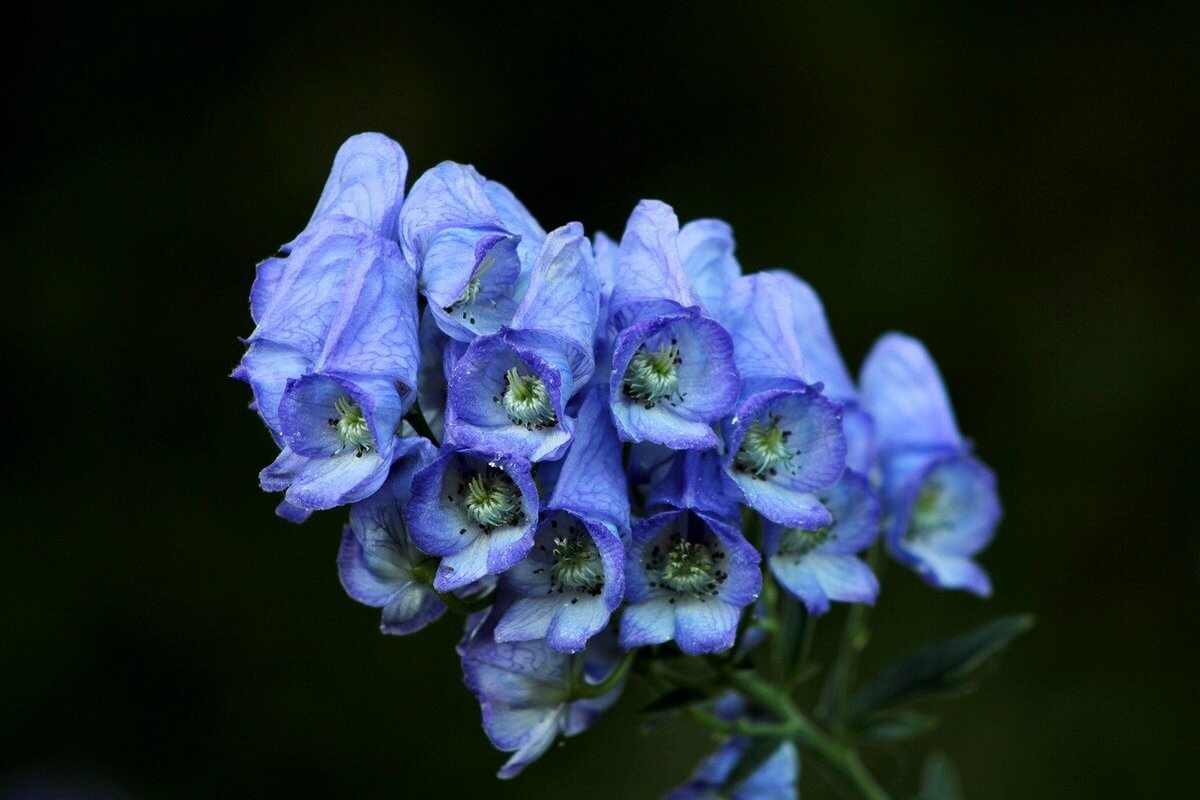Chaz asks, “In the Harry Potter books and films, Professor Snape in his Spell and Potion class, asks young Harry about Aconite. What kind of plant is it?
Aconite, is a poisonous perennial flower, that blooms in my garden in mid to late October. It has many common names, such as Monkshood, because the top of the flowers resembles a cap. The flower has a rich history in folklore as a plant used in magical spells and witchcraft. Often it is referred to as Wolfs-bane for its ability to protect or cure a person who has become a werewolf. In the 1800s Aconite was placed in raw meat as a poison to kill wolves and panthers. In the 1931 movie, Dracula, wolfs-bane was used to ward off vampires. In the Middle Ages witches used Aconite in flying and invisibility spells.
It is a tall plant and most often has cobalt blue flowers. White, blue and white bi-colored and yellow flowers are available. I like it in my garden because it adds color so late into the season. It prefers moist soil in partial shade. Once planted it does not like to be disturbed and transplanted. Over time, it will spread and grow into tall clumps, four to six feet high.
Wild Northern Aconite is very rare and can be found in the northern part of Ohio and a few other states. Wild Aconite is on the Federal endangered threaten species list.
During the next full moon if you are out in the wind and cold and you hear howling in the distance, don’t be afraid. Make sure you have a bit of Aconite in your pocket to protect you from a ravenous werewolf!


